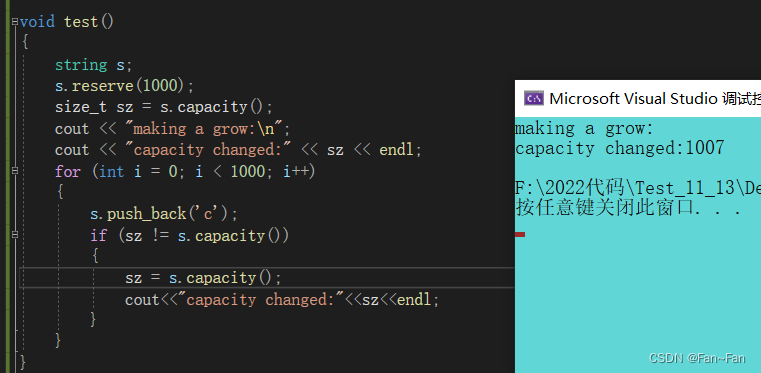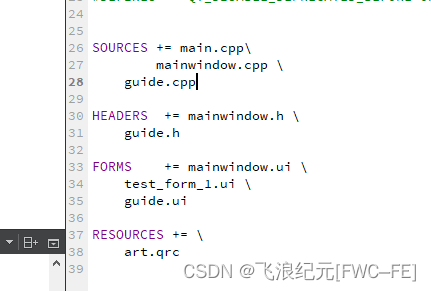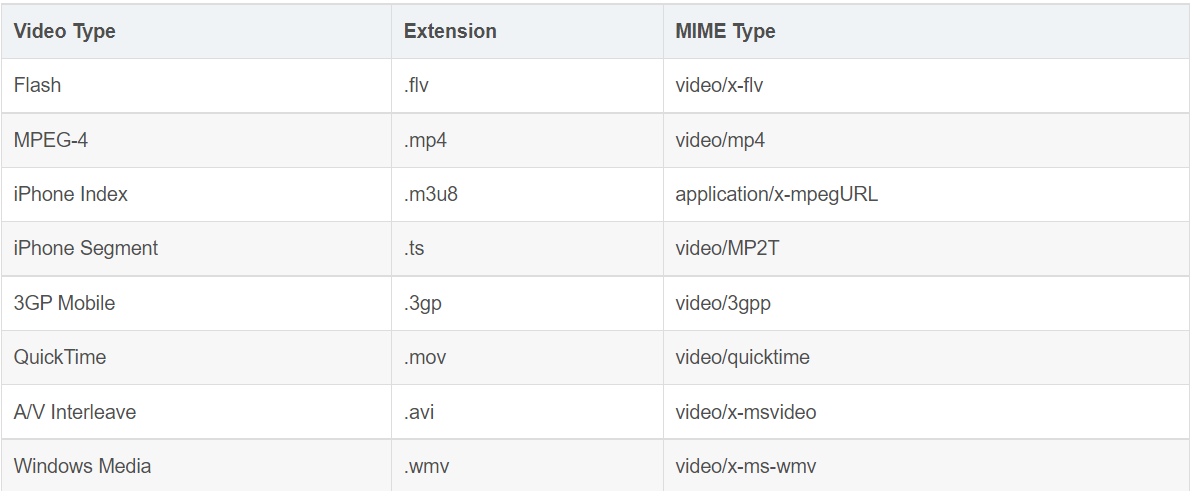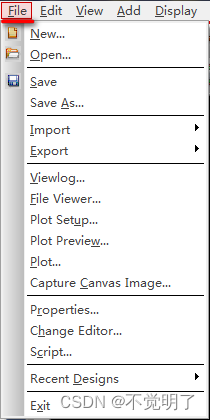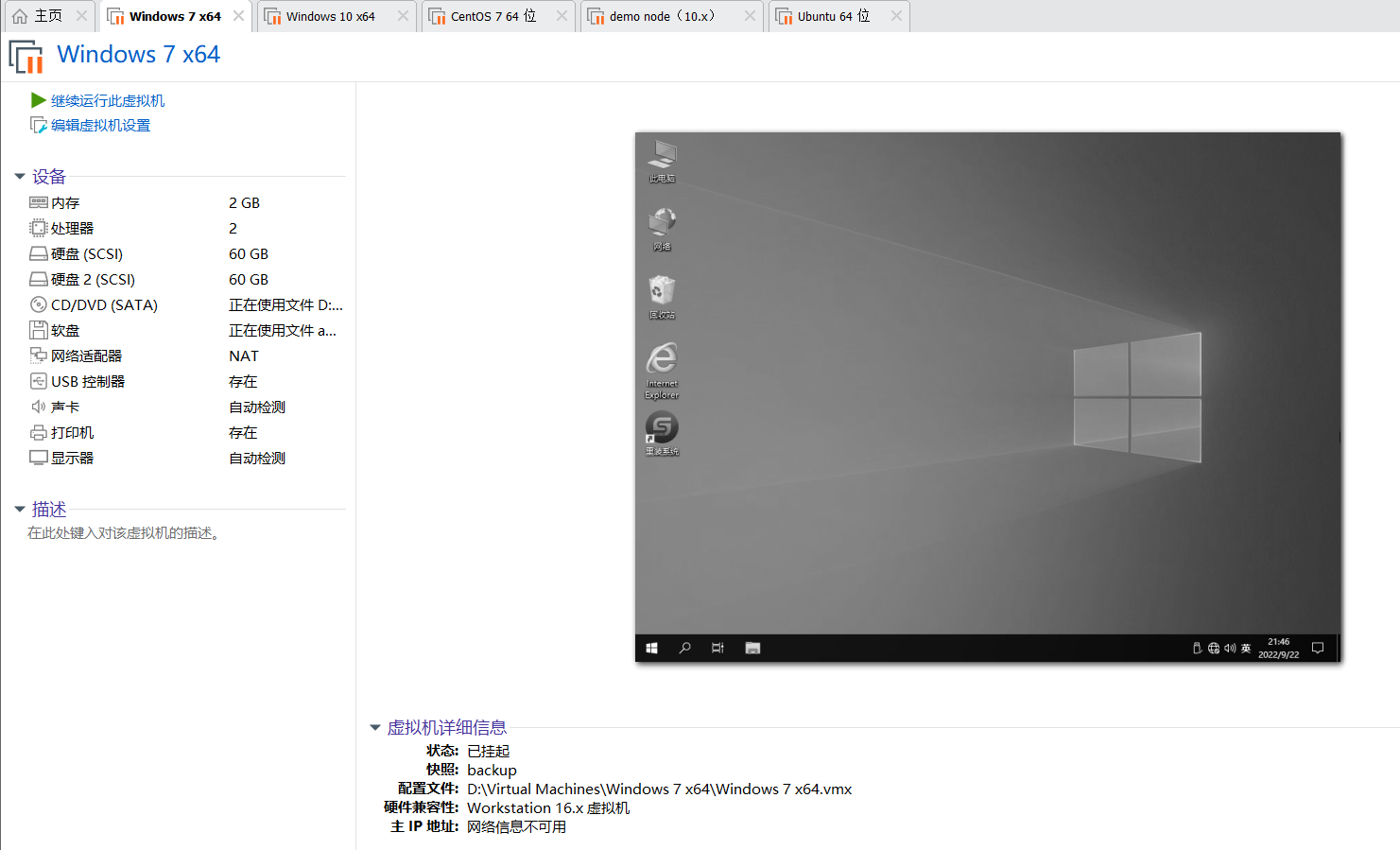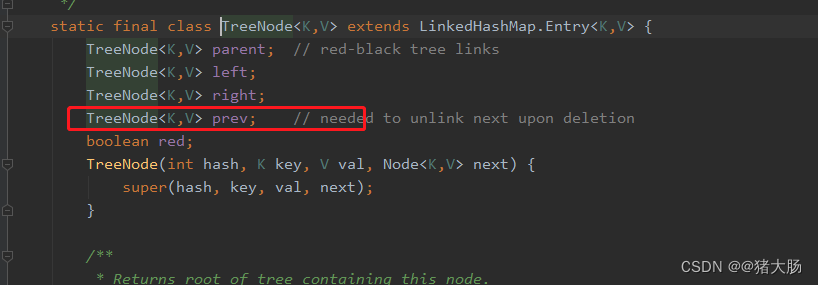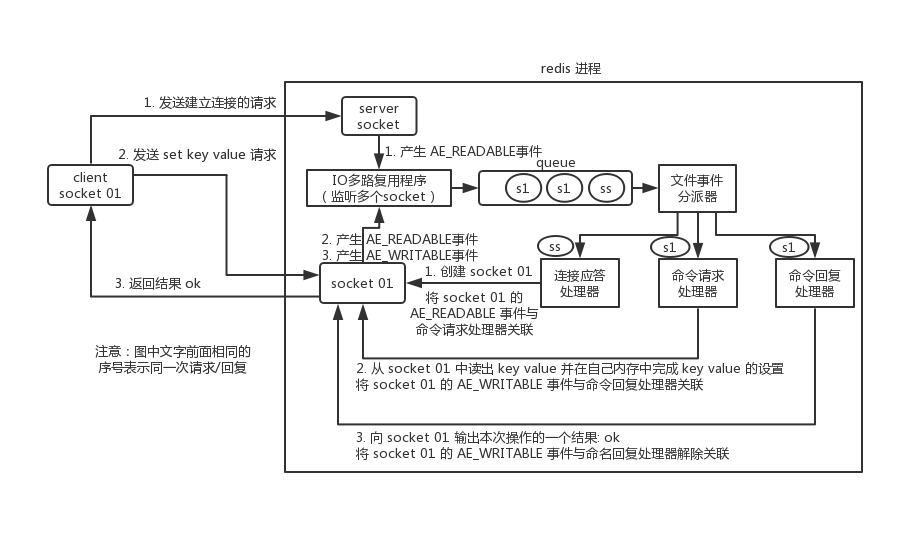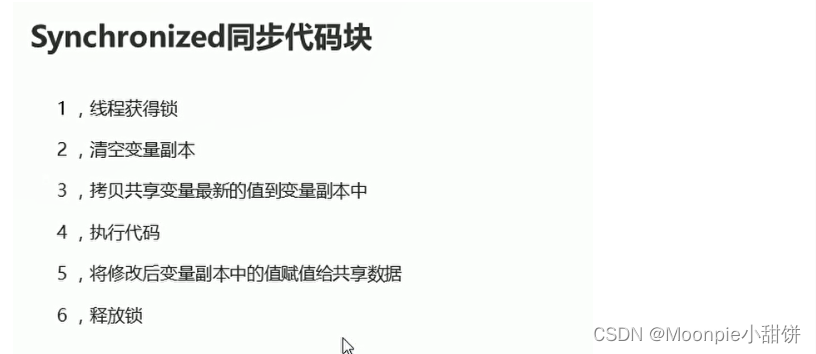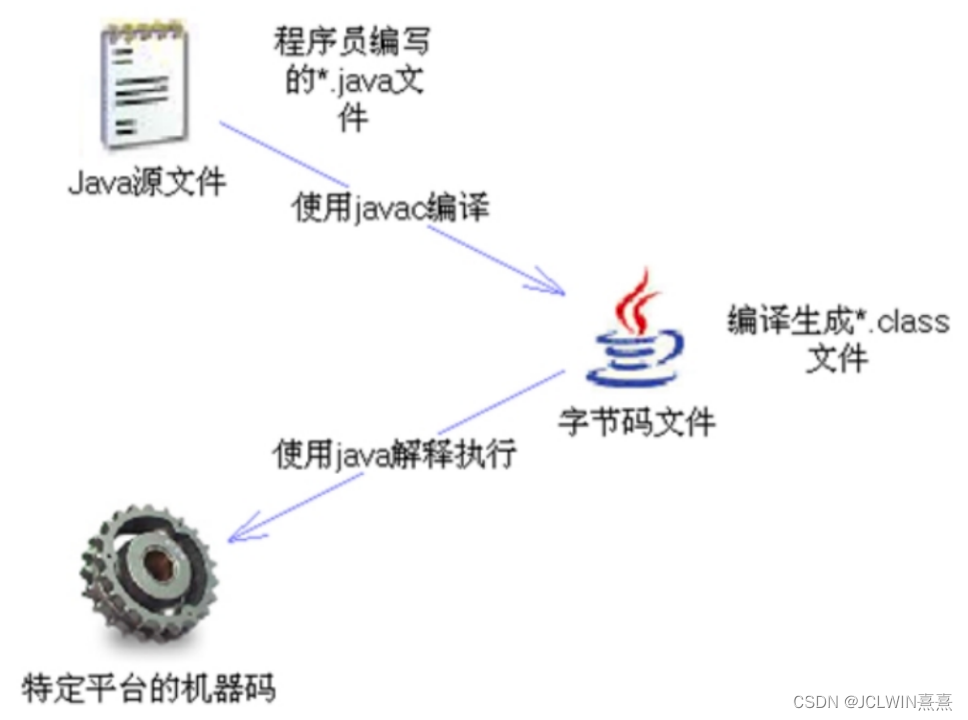目录
1、string类的基础概念
2、string类的常见接口说明及应用
2.1、string类的成员函数
constructor(构造函数)
destructor(析构函数)
operator=(赋值)
string类对象的容量操作
迭代器
string类的元素访问
string类对象的遍历操作
string类对象的修改操作
2.2、string类非成员函数
例题
1、string类的基础概念
- 字符串是表示字符序列的类。
- 标准的字符串类提供了对此类对象的支持,其接口类似于标准字符容器的接口,但添加了专门用于操作单字节字符字符串的设计特性。
- string类是basic_string模板类的一个实例,它使用char来实例化basic_string模板类,并用char_traits和allocator作为basic_string的默认参数(根于更多的模板信息请参考basic_string)。
- 注意,这个类独立于所使用的编码来处理字节:如果用来处理多字节或变长字符(如UTF-8)的序列,这个类的所有成员(如长度或大小)以及它的迭代器,将仍然按照字节(而不是实际编码的字符)来操作。
⭐总结:
- string是表示字符串的字符串类
- 该类的接口与常规容器的接口基本相同,再添加了一些专门用来操作string的常规操作。
- string包含的头文件是#include<string>
- string是属于std命名空间的,using namespace std;
- string类是管理动态增长字符数组,这个字符串以\0结尾
2、string类的常见接口说明及应用
2.1、string类的成员函数
- 以下内容参考网站:https://m.cplusplus.com/
constructor(构造函数)
函数名称 功能说明 1、string()(重点) 无参构造空的string类对象,即空字符串。 2、string(const string& str)(重点) 拷贝构造函数 3、string(const char* s)(重点) 带参的常量字符串初始化 4、string(const char*s,size_t n) 对一个字符串的前n个初始化 5、string(size_t n,char c) 用n个字符c进行初始化 6、string (const string& str, size_t pos, size_t len = npos) 从pos位置处取len长度的字符进行拷贝构造
- 🚩1、string() 无参构造
string s1;//无参初始化,等价于string s1("")
- 🚩2、string(const string&str) 拷贝构造
string s2("hello world"); //带参字符串初始化 string s3(s2); //拷贝构造 string s4 = s2; //拷贝构造
- 🚩3、string(const char* s) 带参构造
string s2("hello world"); //带参字符串初始化
- 🚩4、string (const char* s, size_t n) 对一个字符串的前n个初始化
string s5("https://cplusplus.com/reference/string", 5); //用字符串前5个字符对s5初始化 cout << s5 << endl; //https
- 🚩5、string (size_t n, char c) 用n个c初始化
string s6(5, 'k'); //用5个K字符进行初始化 cout << s6 << endl; //kkkkk
- 🚩6、string (const string& str, size_t pos, size_t len = npos) 从pos位置处取len长度的字符进行拷贝构造
string s2("hello world!");//带参拷贝构造 string s7(s2, 6, 5);//从s2字符串的第6个位置往后取5个字符初始化 cout << s7 << endl;//world我想到这里大家会有点疑问:那个缺省参数npos是什么?
下面我们来看一下:
- 我们可以看到npos就是一个string类的静态成员变量。其值等于-1,转变为非负整型就是int整型最大值。
destructor(析构函数)
我们已经学过了类与对象,我们知道string是管理动态增长字符数组的,对于动态申请的内存空间,我们需要用到析构函数将其释放掉。这里编译器会默认自动调用构造函数。
operator=(赋值)
我们看其应用情况:
void test_string2() { string s1("hello"); string s2("world"); s1 = s2; cout << s1 << endl; //hello s1 = "kkk"; cout << s1 << endl; //kkk s1 = 'k'; cout << s1 << endl; //k }
string类对象的容量操作
函数名称 功能说明 1、size(重点) 返回字符串有效字符长度 2、length 返回字符串有效字符长度 3、max_size 返回字符串最大长度 4、capacity
返回空间总大小 5、reserve(重点) 为字符串预留空间 6、resize(重点) 将有效字符的个数拆成n个,多出的空间用字符c填充 7、clear(重点) 清空有效字符 8、empty(重点) 检测字符串释放为空串,是返回true,否则返回false
- 🚩1、size
size_t size() const;string s1("hello"); cout << s1.size() << endl; //5
- 🚩2、length
size_t length() const;length和size没有什么本质的区别,在功能上都是返回字符串的有效长度。但是收到历史背景影响,平常用的还是size。
string s1("hello"); cout << s1.length() << endl; //5
- 🚩3、max_szie
size_t max_size() const;max_size返回的就是字符的最大长度,也就是nops:-1 转换成无符号整型的数值。
- 🚩4、capacity
size_t capacity() const;capacity返回的就是容量的大小
- 🚩5、reserve
void reserve (size_t n = 0);reserve函数特性:
- 请求将字符串容量调整为最大长度为n个字符的计划大小。
- 如果n大于当前字符串容量,则函数会使容器将其容量增加到n个字符(或更大)。
- 在所有其他情况下,它被视为收缩字符串容量的非约束性请求:容器实现可以自由地进行优化,并使字符串的容量大于n。
- 此函数对字符串长度没有影响,并且无法更改其内容。
- 利用reserve进行提前预留空间,可以减少扩容带来的损耗。
我们用如下代码进行测试:
对于普通尾插我们需要进行多次扩容,而频繁扩容会带来效率的损失,在我们已知需要的空间大小下我们可以加上reserve预留空间进行优化:
我们可以看到加上了reserve提前预留空间能够大大减少扩容带来的效率消耗。
下面我们再来看一组测试用例:
void test() { string s("hello world"); cout << s << endl; //hello world cout << s.size() << endl; //11 cout << s.capacity() << endl; //15 //reverse(n)当n大于对象当前的capacity时,将当前对象的capacity扩大为n或大于n s.reserve(20); cout << s << endl; //hello world cout << s.size() << endl; //11 cout << s.capacity() << endl; //31 //reverse(n)当n小于对象当前的capacity时,什么也不做 s.reserve(5); cout << s << endl; //hello world cout << s.size() << endl; //11 cout << s.capacity() << endl; //31 }
- 🚩6、resize
resize函数特性:
- 将字符串大小调整为 n 个字符的长度。
- 如果 n 小于当前字符串长度,则当前值将缩短为其前 n 个字符,并删除超出第 n 个字符的字符。
- 如果n大于当前字符串长度,则通过在末尾插入所需数量的字符来扩展当前内容,以达到n的大小。如果指定了c,则将新元素初始化为c的副本,否则,它们是值初始化的字符(空字符)。
我们看如下测试代码:
void test() { string s("hello world"); //resize(n) 当n小于对象当前的size时,将size缩小到n s.resize(5); cout << s << endl; //hello cout << s.size() << endl; //5 cout << s.capacity() << endl; //15 string s1("hello world"); //resize(n) 当n大于对象当前的size时,将size扩大到n,扩大字符默认为'\0' s1.resize(20); cout << s1 << endl; //hello world cout << s1.size() << endl; //20 cout << s1.capacity() << endl; //31 string s2("hello world"); //resize(n, char)n大于对象当前的size时,将size扩大到n,扩大的字符为char s2.resize(20, 'x'); cout << s2 << endl; //hello worldxxxxxxxxx cout << s2.size() << endl; //20 cout << s2.capacity() << endl; //31 }
- 🚩7、clear
clear的功能是清除字符串内容,将字符串变为空字符串。本质是清楚所有空间。
void test() { string s("hello world"); cout << s << endl;//hello world s.clear(); cout << s.size() << endl;//0 cout << s << endl;//空 }
- 🚩8、empty
empty的功能是判断string里的内容是否为空。
void test() { string s("hello world"); cout << s << endl;//hello world s.clear();//清空有效字符 if (s.empty()) cout << "empty" << endl;//empty }
迭代器
迭代器就是像指针一样的东西
函数名称 功能说明 1、begin 返回指向字符串第一个字符的迭代器 2、end 返回指向字符串最后一个字符的迭代器 3、rbegin 返回一个逆序迭代器,它指向容器的最后一个元素 4、rend 返回一个逆序迭代器,它指向容器的第一个元素前面的位置。
- 🚩1、begin
- 🚩2、end
示例如下:
void test() { string s1("hello"); string::iterator it = s1.begin(); while (it != s1.end()) { cout << *it << " "; it++; } }
- 🚩3、rbegin
rbegin是一种逆向迭代器
rbegin的特性如下:
- 返回一个反向迭代器,指向字符串的最后一个字符(即其反向开头)。
- 反向迭代器向后迭代:增加迭代器会将它们移向字符串的开头。
- rbegin 指向成员末尾将指向的字符之前的字符。
反向迭代器的++是往反方向走的,区别于正向迭代器。
- 🚩4、rend
rend的特性如下:
- 返回一个反向迭代器,该迭代器指向字符串的第一个字符之前的理论元素(被视为其反向结尾)。
- string::rbegin 和 string::rend 之间的范围包含字符串的所有字符(顺序相反)。
- 🚩5、const正向迭代器
普通迭代器是可读可写的,因此针对const修饰的特殊情况下我们不能如下操作:
我们这里的Func里的s是cosnt修饰的,而Func里的迭代器是可读可写的版本,这里属于权限放大,因此我们要对其进行修正:
//const正向迭代器 void Func(const string& s) { //记得加上const_,使其对于const的函数 string::const_iterator it = s.begin(); /* 或者使用auto自动推导类型 auto it = s.begin(); */ while (it != s.end()) { //*it += 1; 不能写 cout << *it << " "; it++; } }
- 🚩6、const反向迭代器
//const反向迭代器 void Func(const string& s) { string::const_reverse_iterator rit = s.rbegin(); /* 或者使用auto自动推导类型 auto rit = s.rbegin(); */ while (rit != s.rend()) { //*rit += 1; 不能写 cout << *rit << " "; ++rit; } }
string类的元素访问
函数名称 功能说明 1、operator[ ] 获取字符串中的字符 2、at
获取字符串中的字符
- 🚩1、operator[ ]
⭐特性:
- 返回对字符串中位置pos处字符的引用。
- 如果pos等于字符串长度,并且字符串是常量限定的,则函数返回对空字符(“\0”)的引用。
void test() { string s1("hello"); const string s2("world"); cout << s1[2] << endl; //打印字符'l' cout << s1[5] << endl; //下标5对应字符'\0',故打印出空字符 s1[0] = 'x'; s2[0] = 'y'; //err }s1没有被const修饰所以可读可写,s2被const修饰,只能读,所以不能进行修改。
- 🚩2、at
⭐特性:
- 返回对字符串中位置pos处字符的引用。
- 函数会自动检查pos是否是字符串中字符的有效位置(即pos是否小于字符串长度),如果不是,则抛出out_of_range异常。
at和operator[ ]的功能一样,都是访问pos位置字符
- 🚩3、at和operator[ ]对比
虽然at和opertator[ ]的功能一样,但是其在处理越界访问的情况是不一样的:
operator[ ]:
这里[ ]越界是通过断言来报错:
at:
这里越界访问会导致抛异常。
这里我们可以演示一下捕获异常的场景:
string类对象的遍历操作
函数名称 功能说明 1、operator[ ] 返回pos位置的字符,const string类对象调用 2、begin+end 正向迭代器遍历 3、rbegin+rend 反向迭代器遍历 4、范围for C++11支持更简洁的范围for的新遍历方式
- 🚩法1:operator[ ]
有了[ ]的运算符重载,我们就可以像C语言一样用下标方式进行元素的访问。
void test() { //下标+[] string s1("hello"); for (size_t i = 0; i < s1.size(); i++) { //s1.operator[](i) cout << s1[i] << " "; //h e l l o } }
- 🚩法2:正向迭代器begin+end
void test() { //正向迭代器 string s1("hello"); string::iterator it = s1.begin(); while (it != s1.end()) { cout << *it << " "; //h e l l o it++; } }
- 🚩法3:反向迭代器rbegin+rend
void test() { //反向迭代器 string s1("hello"); string::reverse_iterator rit = s1.rbegin(); while (rit != s1.rend()) { cout << *rit << " "; //o l l e h ++rit; } }
- 🚩法4:范围for
void test() { //范围for string s1("hello"); for (auto ch : s1) //auto自动取s1里面的字符,自动++ { cout << ch << " "; } cout << endl; }虽然范围for看起来特别简便,但其实其内部原理还是利用迭代器进行实现。
⭐:学完了string类对象的遍历操作后,我们就要把它们运用起来,下面我们看一道题:
📝题目:917. 仅仅反转字母 - 力扣(Leetcode)
🙋🏻♂️双指针:
🙋🏻♂️迭代器:
string类对象的修改操作
函数名称 功能说明 1、push_back 在字符串后尾插字符 2、insert 指定位置插入 3、append 在字符串后追加一个字符串 4、operator+= 在字符串后追加字符串str 5、erase 删除字符或字符串 6、swap 交换 7、c_str 返回C格式字符串 8、find 从字符串pos位置开始往后找字符C,返回该字符的位置 9、substr 在str中从pos位置开始,截取n个字符,然后返回 10、rfind 从字符串pos位置开始往前找字符C,返回该字符的位置
- 🚩1、push_back 尾插字符
void push_back (char c);作用:将字符c追加到字符串的末尾,使其长度增加1。
#include<iostream> #include<string> using namespace std; int main() { string str("word"); cout << str << endl; //world str.push_back('s'); cout << str << endl; //worlds }
- 🚩2、insert 指定位置插入
#include<iostream> #include<string> using namespace std; int main() { string str("hello world"); //头部插入一个字符: str.insert(0, 1, 'x'); cout << str << endl; //xhello world //使用迭代器头插: str.insert(str.begin(), 1, 'y'); cout << str << endl; //yxhello world //在第n个位置插入字符: str.insert(3, 1, 'x'); cout << str << endl; //yxhxello world str.insert(str.begin() + 3, 1, 'k'); cout << str << endl; //yxhkxello world //头插一个字符串: str.insert(0, "!!!!"); cout << str << endl; //!!!!yxhkxello world }
- 🚩3、append 追加字符串
#include<iostream> #include<string> using namespace std; int main() { string s1("hello"); string s2(" every"); //追加一个string对象 s1.append(s2); cout << s1 << endl; //hello every //追加一个常量字符串 s1.append("body"); cout << s1 << endl; //hello everybody //用n个字符拼接 s1.append(3, '!'); cout << s1 << endl; //hello everybody!!! }
- 🚩4、operator+=
#include<iostream> #include<string> using namespace std; int main() { string str("hello"); str += ' '; str += "world"; cout << str << endl; //hello world string ptr = "!!!!"; str += ptr; cout << str << endl; //hello world!!!! }
- 🚩5、erase 删除
#include<iostream> #include<string> using namespace std; int main() { string str("hello world"); //头删 str.erase(str.begin()); cout << str << endl; //ello world //头删指定字符: str.erase(str.begin() + 3); cout << str << endl; //ell world //从pos处位置删除n个字符: str.erase(2, 3); cout << str << endl; //elorld //利用缺省值,只给定删除的位置,往后全删: str.erase(2); cout << str << endl; //el str.erase(0); cout << str << endl; //空 }
- 🚩6、swap 交换
注意:
- 通过 str(另一个字符串对象)的内容交换容器的内容。长度可能不同。
- 在调用此成员函数之后,此对象的值是str在调用之前的值,str的值是此对象在调用之前具有的值。
- 请注意,存在一个具有相同名称swap的非成员函数,该函数使用与该成员函数类似的优化来重载该算法。
#include<iostream> #include<string> using namespace std; int main() { string s1("hello world"); string s2("HELLO WORLD"); s1.swap(s2); //string类域里面的swap 效率高 本质:交换指针 swap(s1, s2);//全局的swap 效率低 本质:深拷贝 }
- 🚩7、c_str 返回C格式字符串
#include<iostream> #include<string> using namespace std; int main() { string s1("hello"); cout << s1 << endl; //hello cout << s1.c_str() << endl;//hello }
- 🚩8、find
返回值:第一个匹配项的第一个字符的位置。如果没有找到匹配项,则该函数返回string::npos。
- 🚩9、substr
返回值:具有此对象的子字符串的字符串对象。
int main() { string file("string.cpp"); size_t pos = file.find('.'); if (pos != string::npos) { string suffix = file.substr(pos); cout << file << "后缀:" << suffix << endl; } else { cout << "没有后缀" << endl; } }
- 🚩10、rfind
int main() { string file("string.cpp.tar.zip"); size_t pos = file.rfind('.'); if (pos != string::npos) { string suffix = file.substr(pos); cout << file << "后缀:" << suffix << endl; } else { cout << "没有后缀" << endl; } }
int main() { //取出url的域名 string url1("https://cplusplus.com/reference/string/string/rfind/"); string url2("https://blog.csdn.net/weixin_60718941?spm=1000.2115.3001.5343"); //协议 域名 uri(资源名) string& url = url1; //取协议 string protocol; size_t pos1 = url.find("://"); if (pos1 != string::npos) { protocol = url.substr(0, pos1); cout << "protocol:" << protocol << endl; //https } else { cout << "非法url" << endl; } //取域名 string domain; size_t pos2 = url.find('/', pos1 + 3); if (pos2 != string::npos) { domain = url.substr(pos1 + 3, pos2 - (pos1 + 3)); cout << "domain:" << domain << endl; //domain:cplusplus.com } //取uri string uri = url.substr(pos2 + 1); cout << "uri:" << uri << endl; //uri:reference/string/string/rfind/ }
2.2、string类非成员函数
函数 功能说明 1、operator+ 尽量少用,因为传值返回导致深拷贝效率低 2、operator>> 输入运算符重载 3、operator<< 输出运算符重载 4、relational operators 大小比较 5、getline 获取一行字符串
- 🚩1、operator+
int main() { string s1("hello"); string s2("world"); //1、string类+string类 string s3 = s1 + s2; cout << s3 << endl; //helloworld //2、string类+字符 s3 = s1 + '!'; cout << s3 << endl; //hello! //3、字符+string类 s3 = '!' + s2; cout << s3 << endl; //! world //4、string类+字符串 s3 = s1 + "Fan~Fan"; cout << s3 << endl; //hello Fan~Fan //5、字符串+string类 s3 = "!!!!" + s2; cout << s3 << endl; //!!!!world }
- 🚩2、operator>> / operator<<
istream& operator>> (istream& is, string& str); ostream& operator<< (ostream& os, const string& str);int main() { string str; cin >> str; //hello world cout << str << endl; //hello }
- 🚩3、relational operators
string类对==、!=、<、<=、>、>=这些运算符进行了重载,并且支持string类和string类,string类和字符串间的比较,使用效果如下:
int main() { string s1("abcd"); string s2("efgh"); cout << (s1 > s2) << endl; //0 cout << (s1 < s2) << endl; //1 cout << (s1 >= s2) << endl; //0 cout << (s1 <= s2) << endl; //1 }
- 🚩4、getline
⭐特性:
- 从is中提取字符并将其存储到str中,直到找到分隔字符delim(或(2)的换行符“\n”)。
- 如果在 is 中到达文件末尾,或者在输入操作期间发生其他错误,则提取也会停止。
- 如果找到分隔符,则会提取并丢弃它(即不存储它,下一个输入操作将在它之后开始)。
- str中在调用之前的任何内容都会被新提取的序列替换。
- 每个提取的字符都会附加到字符串,就像调用了其成员push_back一样。
例题:
原题链接:字符串最后一个单词的长度_牛客题霸_牛客网 (nowcoder.com)
#include <iostream> using namespace std; int main() { string str; //不能用cin>>str getline(cin,str); size_t pos=str.rfind(' '); if(pos!=string::npos) { cout<<str.size()-pos-1<<endl; } else { cout<<str.size()<<endl; } return 0; }原题链接:387. 字符串中的第一个唯一字符 - 力扣(Leetcode)
class Solution { public: int firstUniqChar(string s) { int count[26]={0}; //统计次数 for(auto ch:s) { count[ch-'a']++; } for(size_t i=0;i<s.size();i++) { if(count[s[i]-'a']==1) { return i; } } return -1; } };原题链接:415. 字符串相加 - 力扣(Leetcode)
class Solution { public: string addStrings(string num1, string num2) { int end1=num1.size()-1; int end2=num2.size()-1; int carry=0; string retStr; while(end1>=0||end2>=0) { int val1=end1>=0?num1[end1]-'0':0; int val2=end2>=0?num2[end2]-'0':0; int ret=val1+val2+carry; if(ret>9) { ret-=10; carry=1; } else { carry=0; } //retStr.insert(retStr.begin(),'0'+ret); retStr+=('0'+ret); end1--; end2--; } if(carry==1) retStr+='1'; //retStr.insert(retStr.begin(),'1'); reverse(retStr.begin(),retStr.end()); return retStr; } };








